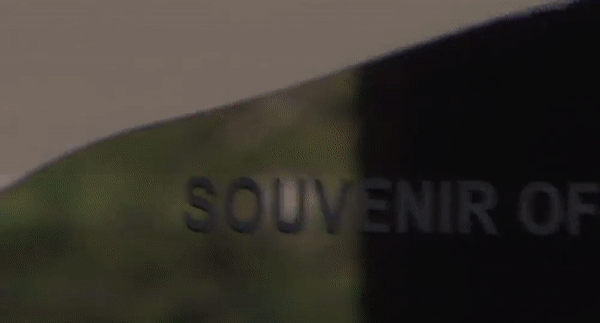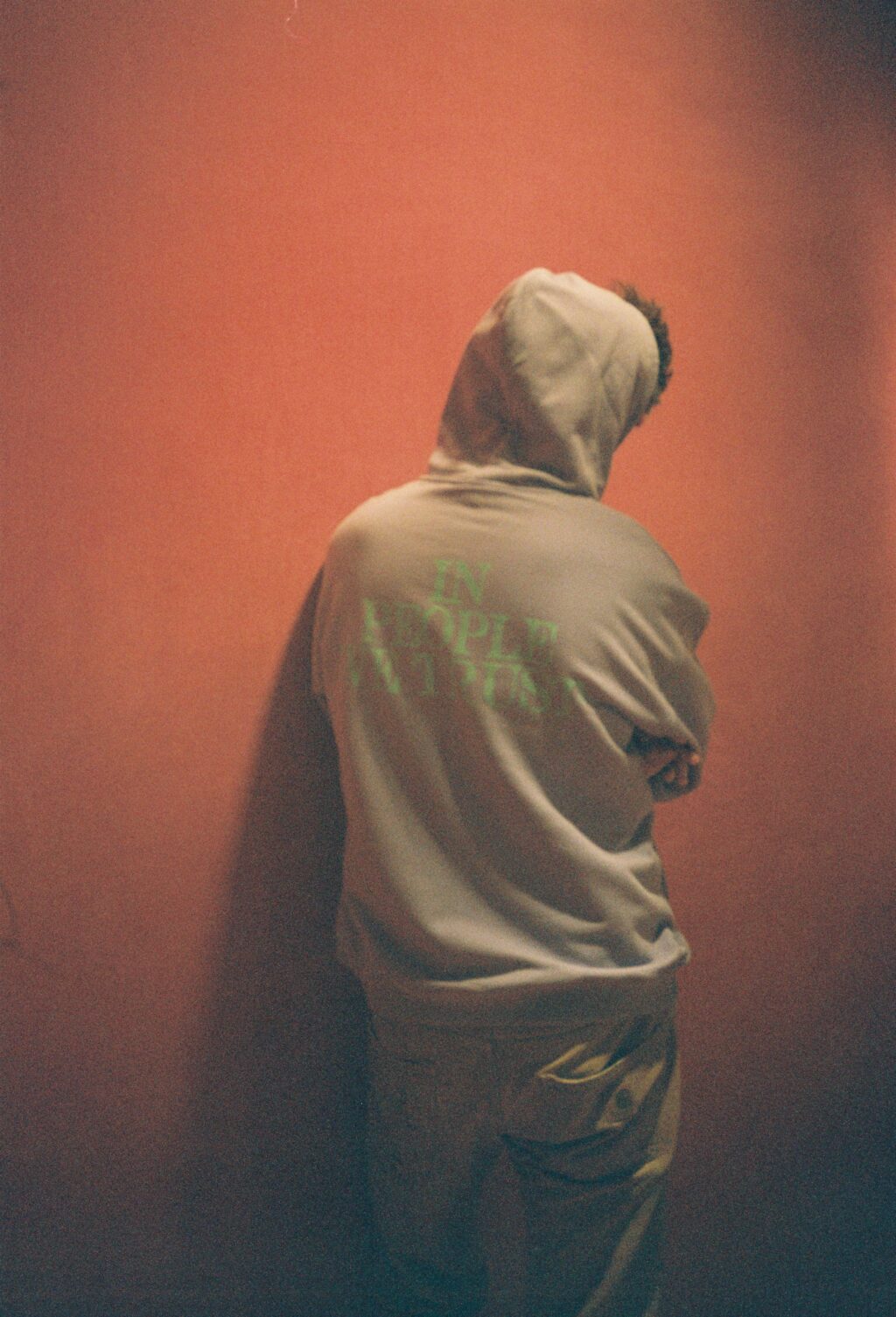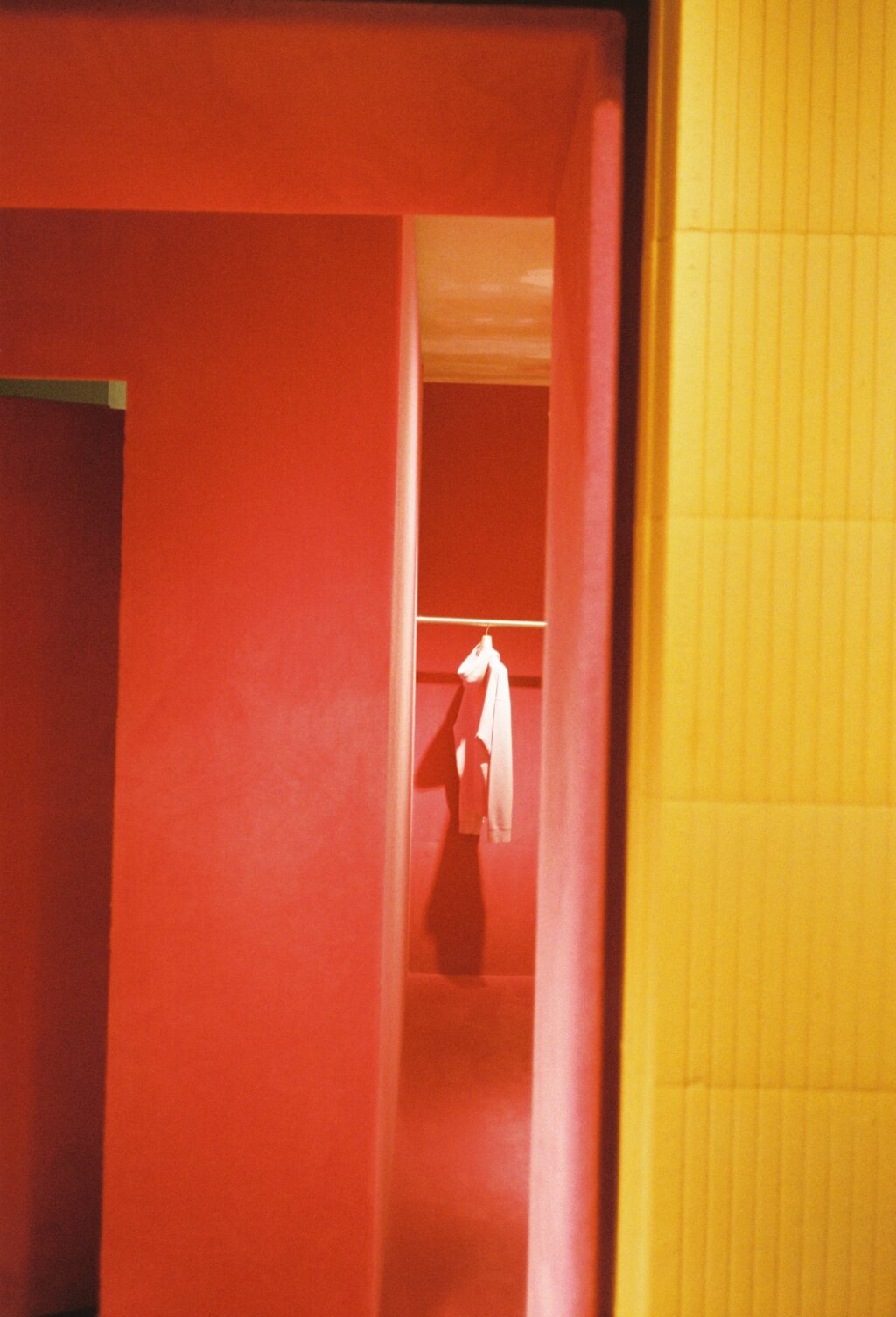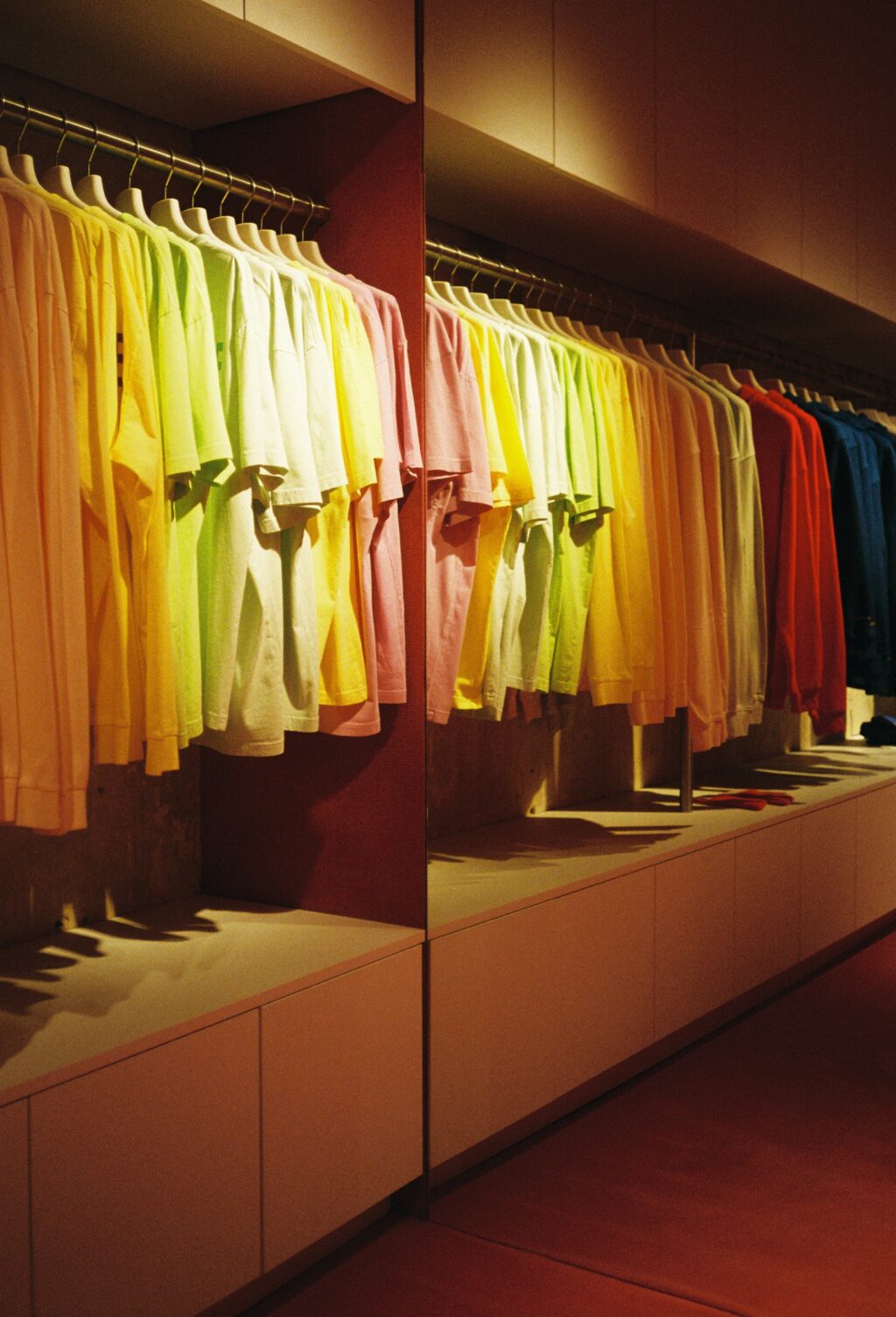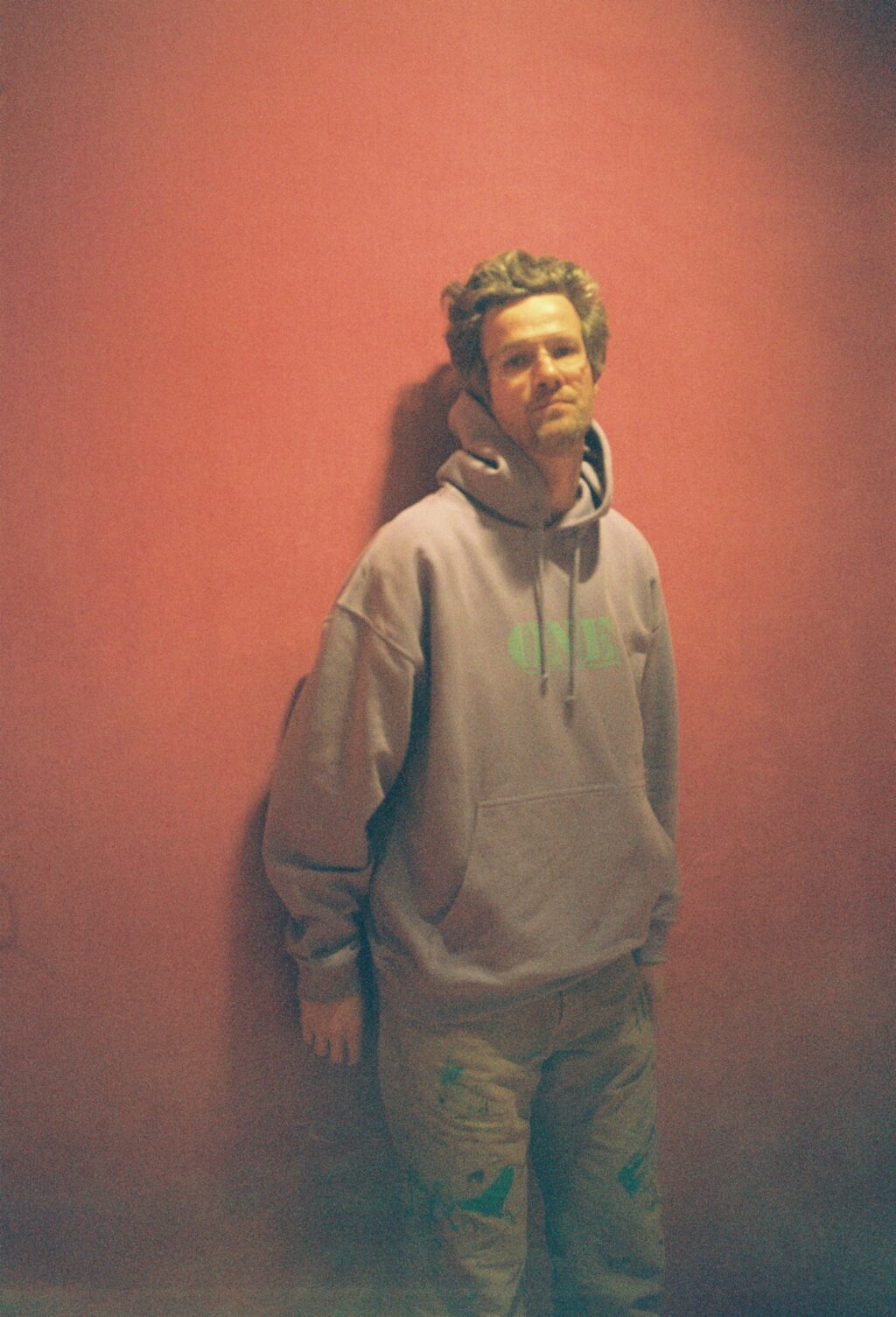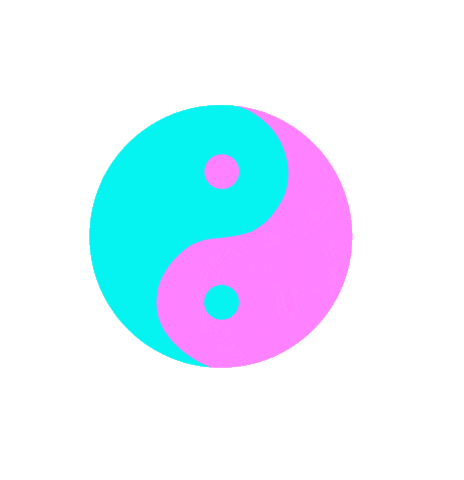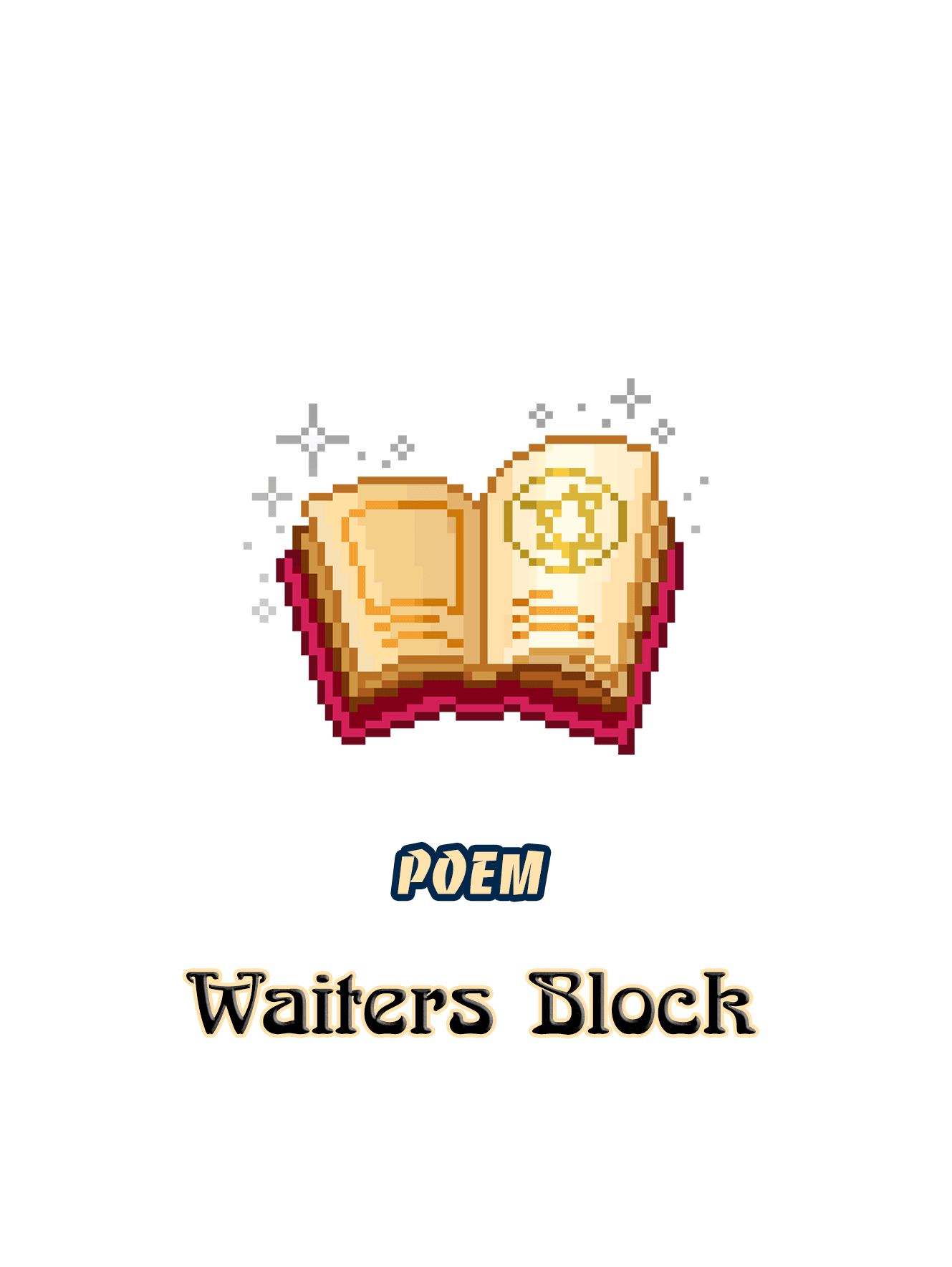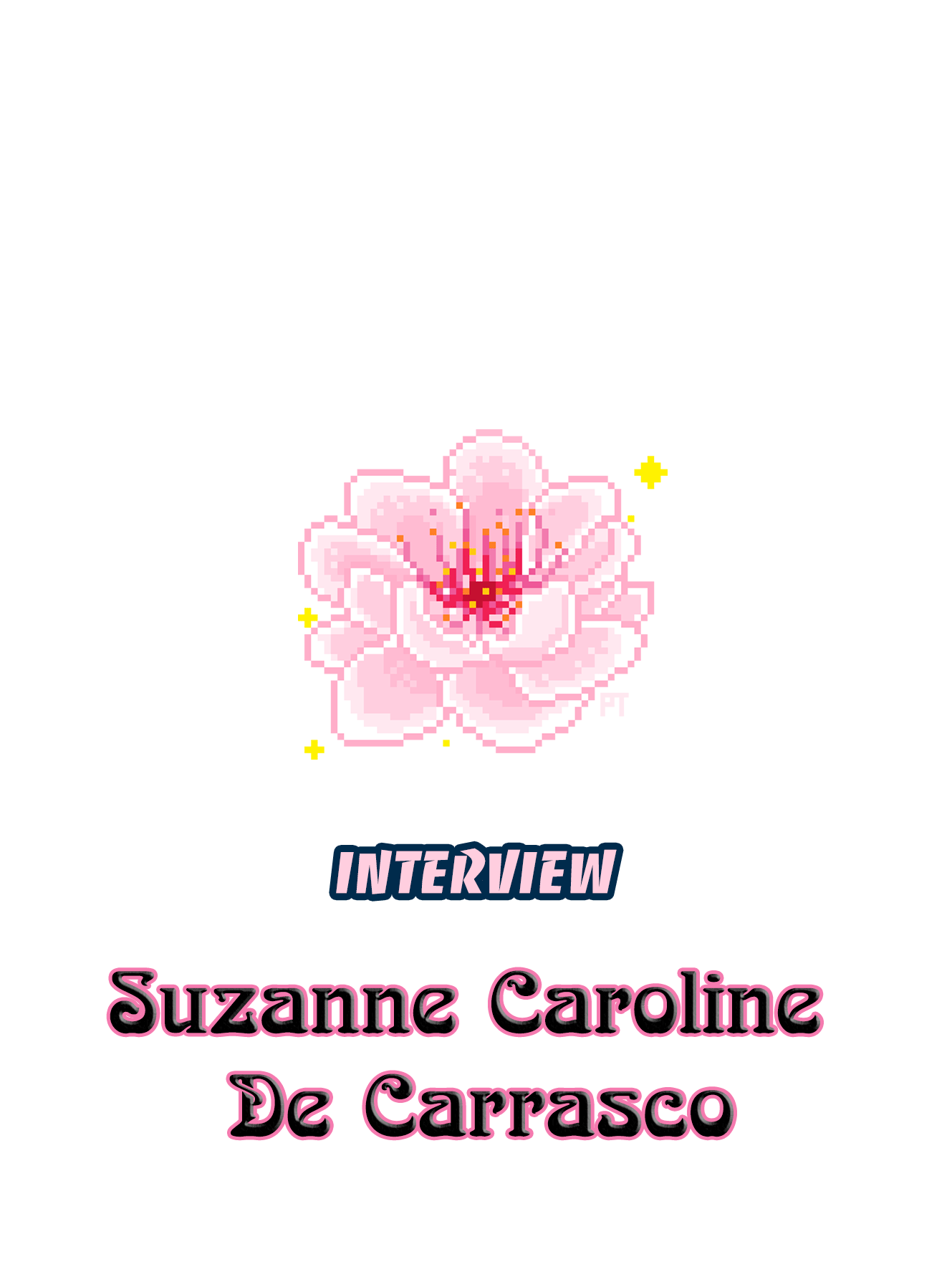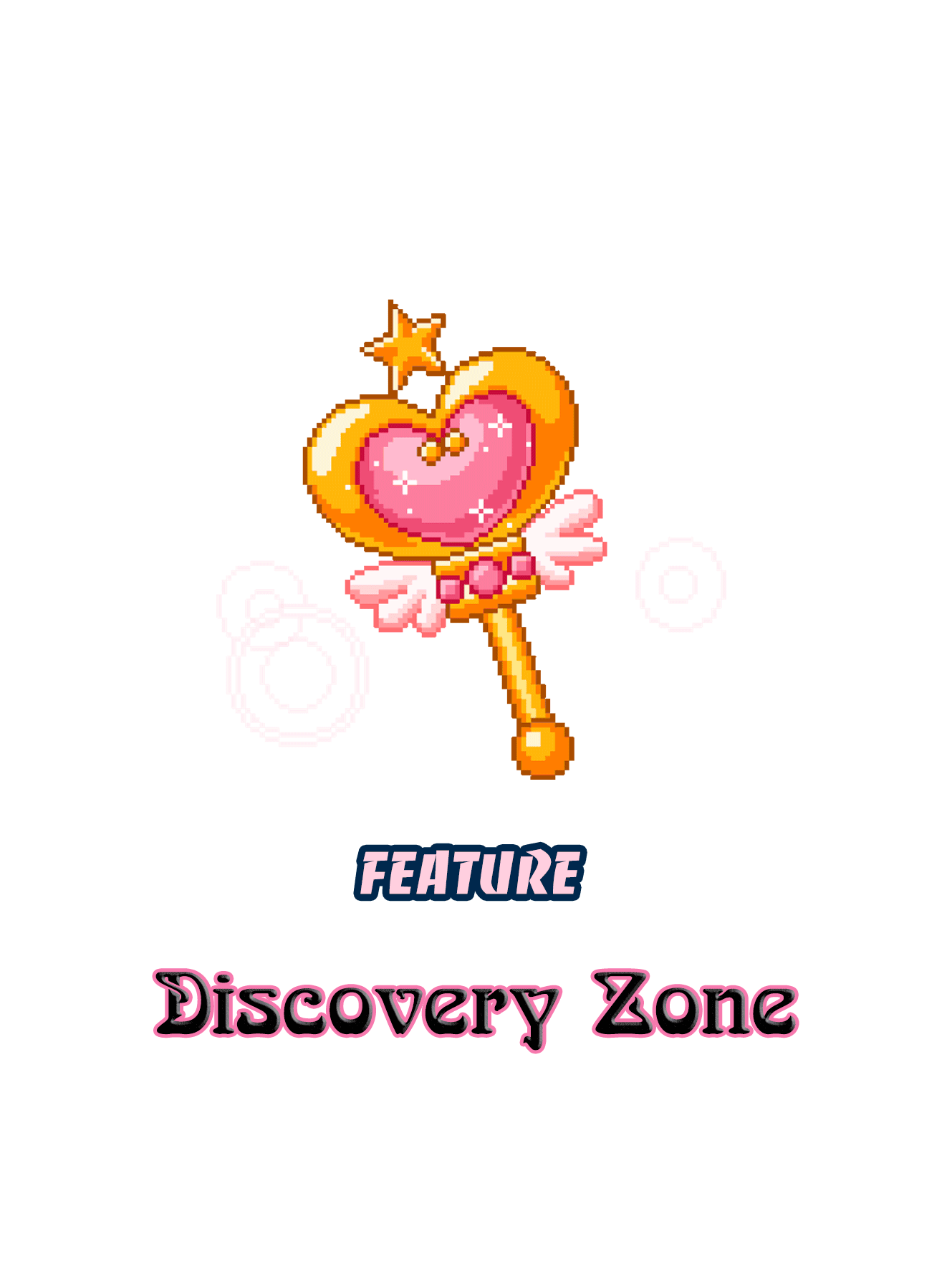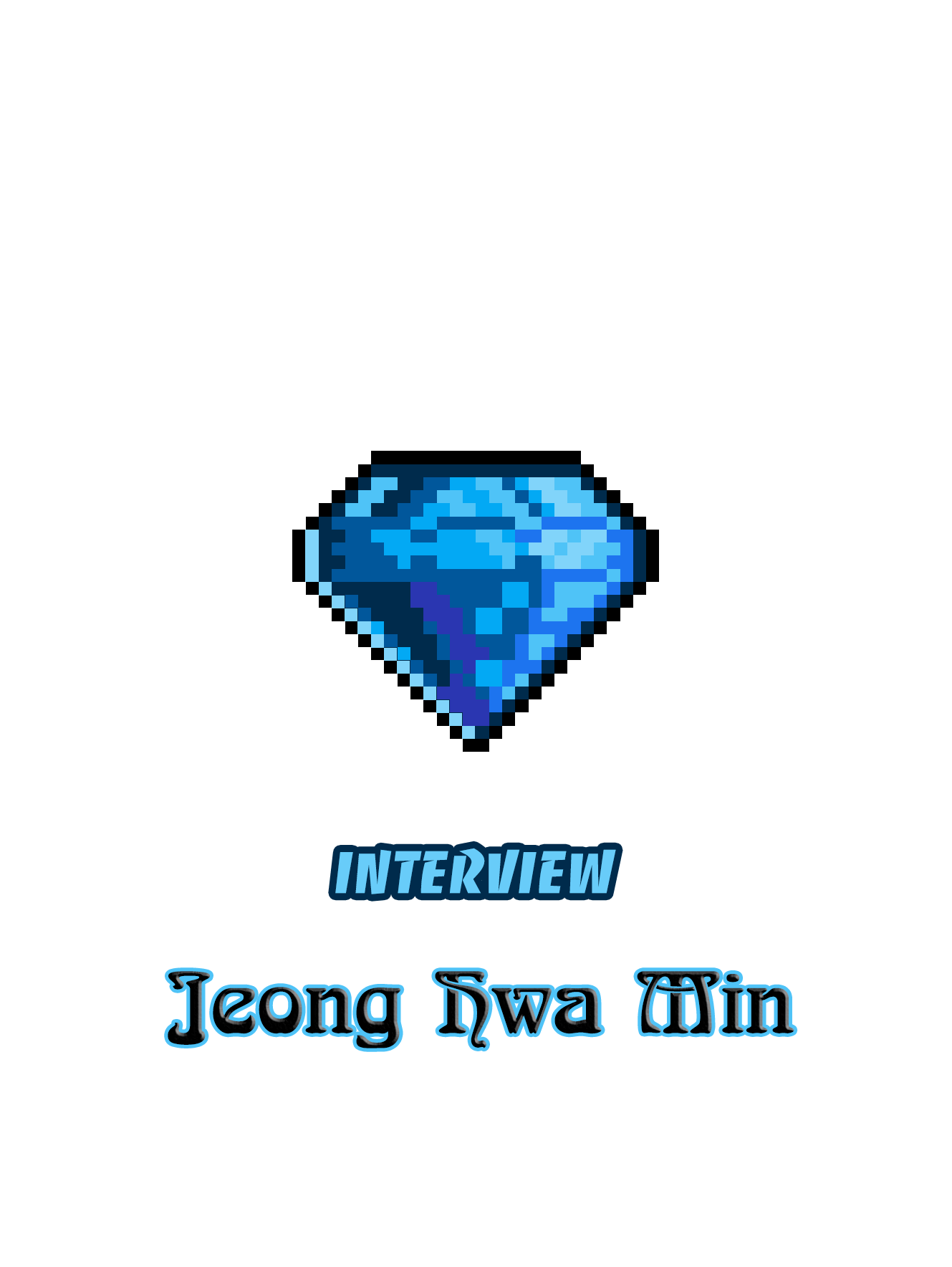In Whom Do You Trust? That was the question on David Mallon’s mind – co-founder of Berlin-based opinion wear brand Souvenir Official when he created One – In People We Trust late last year. It was the eve of the American elections and the country and world was divided. Trump supporters were continuing to gush energetically forth with their pro white America rhetoric, while liberals summoned all their inner nihilistic hope for a Trump free America and a feeling of unity.
Souvenir as it was first called when it was founded over ten years ago by Mallon and his partner Karin Oender, came about from a desire to connect artists with souvenirs. “The ideas really could be anything, there was a complete freedom. What was most important for us was that there was always a reason behind why they wanted to make the piece, usually some sort of memory that is attached to it.”, says Mallon. The desire to produce unique pieces that didn’t have the signed and numbered feel that artists souvenir’s can often have for galleries was what ended up catching the eye of Berlin’s König Galerie. “Initially, it was a collaboration, because we also didn’t want to remain too heavily focused on objects. So we started thinking about doing something more modern that would appeal to a young audience i.e. apparel and cool stuff that they could use rather than a museum shop poster, pencils, notebook etc.” It was around the same time that an event was held which focused on the Brexit referendum. A night that ignited something, after Mallon decided to make “300 hoodies off my own back, just for this night and the talk.” Wearing the hoodie started to initiate talk, posing the question: are you pro Brexit or not…? It also signified how art for Mallon should be, which is to present a mirror to society, and to ask questions. It should urge people to start to think and talk about important topics.
As far as where the term “opinion wear” came from Mallon says, it came out of the world’s need to put labels on everything. Mallon, who believes that if you have an opinion you should do your best to voice it loudly. Created a movement with his brand of not just selling cool clothes, but sharing stories. “Our goal is that we want to challenge the status quo by sharing messages that hand the microphone over to the viewer and say it’s up to them – what do they want to do about this or that topic.”
Today consumerism, globalization, climate change and the global powers that seek to divide and conquer are all up, wahey-ing aggressively in our faces, even to those who have been doing the avoidance act with the mirror that makes them look not so pretty. Peace and unity on earth, and how we as a human race can achieve it, feels a little bit like your therapist telling you, ‘I’ll see you next Tuesday” but for the next twenty years… That is to say, the problems that we currently face are nothing short of monumental, however, we don’t really have any other option than to start tackling our mores one step at a time.
We spoke to David and asked him to shed some light on the big questions facing our younger generation. We asked him, in whom do you trust & what is your idea of utopia?
As a part of our One series of short videos, this is what David and Berlin-based musician Marshall Vincent had to say…
What’s your idea of utopia?
My idea of utopia would start with giving everyone access to knowledge and education. I think it’s important to start very, very early with children in order to change the errors in the ways that we are doing things right now. Let’s start by first solving the top 5 problems of our planet and then we can maybe think about how we can fly to Mars and all that sort of stuff.
How was Souvenir born and what led up to it…
The idea for creating Souvenir came about quite organically back in the day when I had my atelier space & we wanted to create a store vibe inside. I used to always get annoyed when I would travel around the world and see all these souvenirs everywhere that were so trashy, stuff made just to sell and to make money. So I wanted to create something more personal and special without the monetary layer. We also always had a lot of artist friends around us that lived differently, who didn’t buy corporate or mass produced items in stores. So that’s when we had the idea to start making exhibitions with souvenirs from artists. We wanted it to be a collaborative process, so we would start by asking them if they’ve always had something in mind that they want to create, and then we would help produce it for them. The ideas really could be anything, there was a complete freedom. What was most important for us was that there was always a reason behind why they wanted to make the piece, usually some sort of memory that is attached to it.
I did this together with my wife for a couple of years & I think we had about 50 collaborations with artists, where we implemented a high and low ideology, so we would place no name artists with big name artists. It ended up working nicely.
You dye your garments yourself in your studio in Weisensee, do you enjoy working with your hands?
Yes, totally! It presents a good balance from the digital world that also occupies me quite a lot, sometimes I need to do things the old school way.
Your label has been around for 10 years roughly…
Yes, back in the day when we started we were just called Souvenir, before we became Souvenir Official, but we’ve changed a lot since 2010. In the last few years we started creating special artist editions. These were unique pieces that didn’t have that signed and numbered feeling that artist souvenir’s can often have when they are made for galleries.
A lot of people may know your label Souvenir Official from the EUnify hoodie that came out back in 2017, which was a social comment on Brexit…
Yes, this came about back in the day when we started working with galleries. It was a natural occurrence that developed from the artists that we collaborated with who would produce cool stuff, and the galleries that would ask if they could have it or – if we could produce more of it to give to collectors and so on. So in 2017 we teamed up with a gallery here in Berlin called – König Gallery. Initially, it was a collaboration, because we also didn’t want to remain too heavily focused on objects. So we started thinking about doing something more modern that would appeal to a young audience i.e. apparel and cool stuff that they could use rather than a museum shop poster, pencils, notebook etc.
But before we even teamed up with König we had an event which was focused on the Brexit referendum. In this event we threw around ideas of what we could do, and how we could best acknowledge Brexit and what was going on. There was a talk with some artists, architects and actors, and Wolfgang Tillmans inspired us to make apparel to go together with this topic. So I started playing around with some ideas, and we came up with the unify hoodie as a team.
In the end, Wolfgang liked the idea but he didn’t want to make the hoodie. And without his involvement the whole thing almost didn’t happen. But then I thought, no – this is an important statement for this evening, so I made something like 300 hoodies off my own back, just for this night and the talk. And yeah it really instigated something, it became a question of are you pro Brexit or are you not… Also, it signified how art for me should be – it should present a mirror to society, and question. It should urge people to start to think and talk about these topics with others.
After that we had a funny crazy year with the König gallery, that didn’t last so long. And then we continued what we started by ourselves, which was creating apparel which we termed ‘opinion wear’ that tackles a number of important topics.
Can you tell us a little bit about what opinion wear is?
The term opinion wear came out of the world’s necessity to put a label on everything… Of course, there are some brands that make political statements, but everything in fashion centers more around hypes, i.e. a color, a season. Sometimes there is something more political but you usually tend to miss it. I was agitated by the fact that on the street and on social media we just show how cool we are, but not so much what we stand for. I believe when you have an opinion you should do your best to voice it loudly. When you get dressed everyday you go out into the world where you won’t always be surrounded by your bubble of friends and family, who usually share the same opinions as you. I didn’t used to be on social media so much, but even then I thought it’s important to make what you post more meaningful than the meal you had for lunch.
Besides that, we also just needed a term to define us somehow, because otherwise everyone would think that we are a fashion brand, and we actually aren’t, but we do want to infiltrate it with a message. That message being that we don’t want to just sell cool clothes, we want to share stories. Our goal is that we want to challenge the status quo by sharing messages that hand the microphone over to the viewer and say it’s up to them, and what do they want to do about this or that topic.
What is your creative background…
I started off as a graphic designer when I was 20, where I did night life stuff, designing posters and the like. Then I was an art director at Adidas when they had a collaboration with Yamamoto for Y-3. I did that for 5 years. But I always had my own studio and was working independently. I also studied a variety of artistic disciplines from photography to video… I even studied aromatherapy before I eventually got into the Souvenir project.
Do you think that working for Adidas helped you build Souvenir up as a brand in some way?
It was good in terms of building experience, yes. I left school quite early, I had my first company at the age of 17. I guess I’ve always been the sort of person that follows their own path and does what they want to do. The most helpful aspect that job gave me is that I had a job where I could take the money that I earnt, and not spend it on fancy cars but invest it into what was my passion. I think that was nice, because it created an atmosphere which essentially didn’t put any pressure on the artist that we collaborated with, in the sense that we didn’t really need to sell the things that we made. So it had a nice feeling about it.
How accurate do you find the quote “every drawing – every symbol has a reason, don’t take anything for granted” and can you tell us a little bit about why you chose to use the icon of the American one dollar bill in your new line…
It started initially by us talking about how we could translate the same feeling onto America as we did with the stars of the european Union. Of course, when it comes to the US and symbols it’s like, be careful. But the idea of unity was strong, and something that we wanted to bring to America too. So we began by taking a look into where the problem lies, what’s their history, and why don’t they talk about it. Eventually we came to the dollar bill that we all know, we were thinking about things that are iconic and recognizable as American. The dollar bill is exactly that, and of course on the back of it is the motto “In God We Trust”, which was the original motto of America. Under the seal it also says “in pluribus unum”, which is latin and translates to “out of many one” – so there was a further connection to the idea of unity and oneness with the one dollar bill. We can view the idea that we are all one from a more spiritual perspective in terms of the universe, stars – it’s one planet, one people.
In God We Trust is something that I was quite shocked about when I started to research it. There are some nice documentaries out there that talk about how in the mid 50s a Norwegian guy came to America and started to talk about leadership, god and how god was a really easy tool to use to manipulate people. This happened just after the cold war, when Eisenhower didn’t know how to stand up and say, “Hey, our people aren’t going to join the war!” At the time, the Russians had communism to get people to do whatever the government said. So basically the Americans needed something that would have that same kind of pulling power. Once the ball got rolling it became quite crazy with extremists in America, they lost their path and it’s quite tragic. So we thought instead of saying In God We Trust, we should maybe rephrase that sentiment to something more modern and say, “In People We Trust” which is very paradox to the times we live in. Also, of course the iconology of the one dollar bill is supposed to be a comment on consumerism and the corporate world, so there are many ways that you can look into it. Plus the color, which is supposed to be uniting.
Speaking of the color, you get purple by mixing blue and red, can you give us a bit of background as to why you chose to use the color purple for the line…
I did some research on “purple America” and I found out that it started in the Obama times back in 2014, where they would show the states during an election and who votes for who is always depicted as the color red or blue for Republican or Democrat. So even if the results in the state are 49% to 51% it’ll show you that that state is entirely red or blue. At some point there was a very nice graph that began depicting the non-absoluteness of the votes in terms of colors, which made it easier to see that America isn’t as divided as we might think. Especially in the parts of the country where you see more purple and gradual fades of purple or red. So in choosing the color, purple symbolized what America truly is to me. Plus it’s also such a nice color. It’s spiritual, and back in the days it was a very exclusive color because it wasn’t so easy to find in nature. So it went from being a color for the rich into the opposite, a color for the people. The different shades of purple were also interesting, which could symbolize maybe a person being more this or that way inclined, but at least you are not just fully and only one thing.
What advice would you give to young people who are starting out in terms of how to make a positive impact with their art
I would say that one thing would be to ask themselves firstly – why am I doing this? Am I doing this for fame, power, money, etc. or do I want to create something that is of real interest to myself and others? I find that a lot of my creativity is directly connected to nature and my respect for it. Another thing for anyone who is young and starting is to just do it. Don’t think too much, just do it! We are living in a time where with the internet we have the ability to constantly compare ourselves to other people,to an alarming and unhealthy degree. When I was young I didn’t really even know what another person in a different part of Berlin was doing. But in this time, when you can compare yourself so much and you are starting out, everything seems to have been done or published already. Depression must be quite high as a result of that. You see people overthinking and having big expectations. In this regard I really think it’s best to just do what you want to do and gather the experiences and don’t listen to all the naysayers out there telling you that this or that isn’t possible. I think there really are no rules and I was quite rebellious in my youth, so I did everything I wanted to do. Sometimes things worked out for the better or the worse, but I really recommend trying to work this way.
What are some ways that a brand can stay politically, environmentally and socially conscious…
When we are speaking directly in reference to fashion brands, we have to take note that fashion is the second biggest market in the world. There is so much money in it, which means it’s the second biggest devil/evil polluter of our planet. People have started talking about food these days, and if you go to Netflix there’s probably about 20 different documentaries you can watch in regards to how food is being mass produced and is damaging our planet. But when it comes to fashion, it’s lagging far behind. There are a lot of people in the corporate world who don’t want this to be a topic that is talked about. I think it is still going to take some time for this to change, but time is also of the greatest importance when we have viruses that are erupting as a direct result of environmental damages.
When independent brands start to do all that they can in order to put some pressure on consumers to shop consciously, that creates more pressure on the bigger brands as a result. Imagine if there would be millions of small brands doing this and more and more consumers – then the big brands would have to change and would make those changes faster. But it’s also hard. I know this on a personal level for us… in the beginning, the message that we wanted to deliver was more important than the thought of ‘are we using organic cotton’ and ‘how and where it is produced’. The balance is hard to achieve sometimes, and you have to think about what is realistic for someone. If you are young and you have a small brand, you have to think about what you can afford… If you want to do it all right, you have to factor in the price and not everybody can afford all organic, biodegradable products. With this I think it’s important to be transparent and to really communicate with people what is most important to you. Plus, again, the question of why is important… Why is doing things this way important to me…
You can follow Souvenir Official here:
Music by
Marshall Vincent
Photos by
